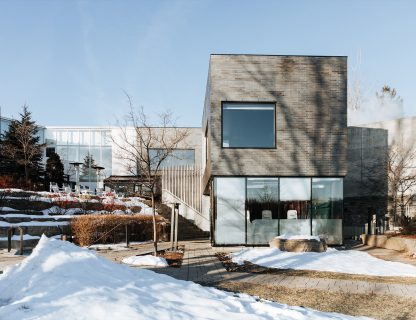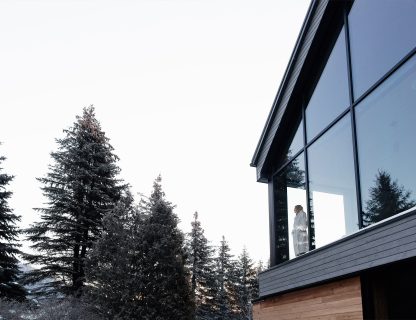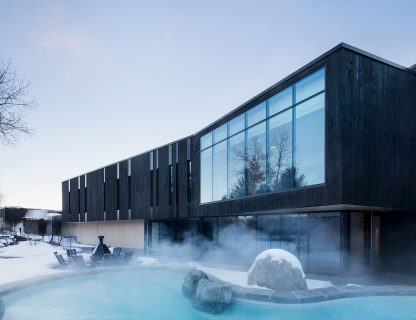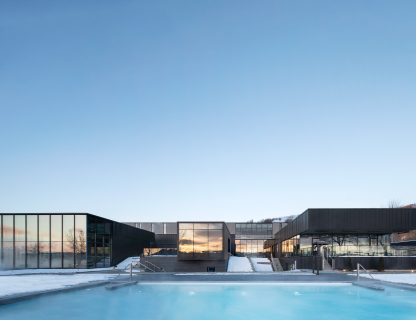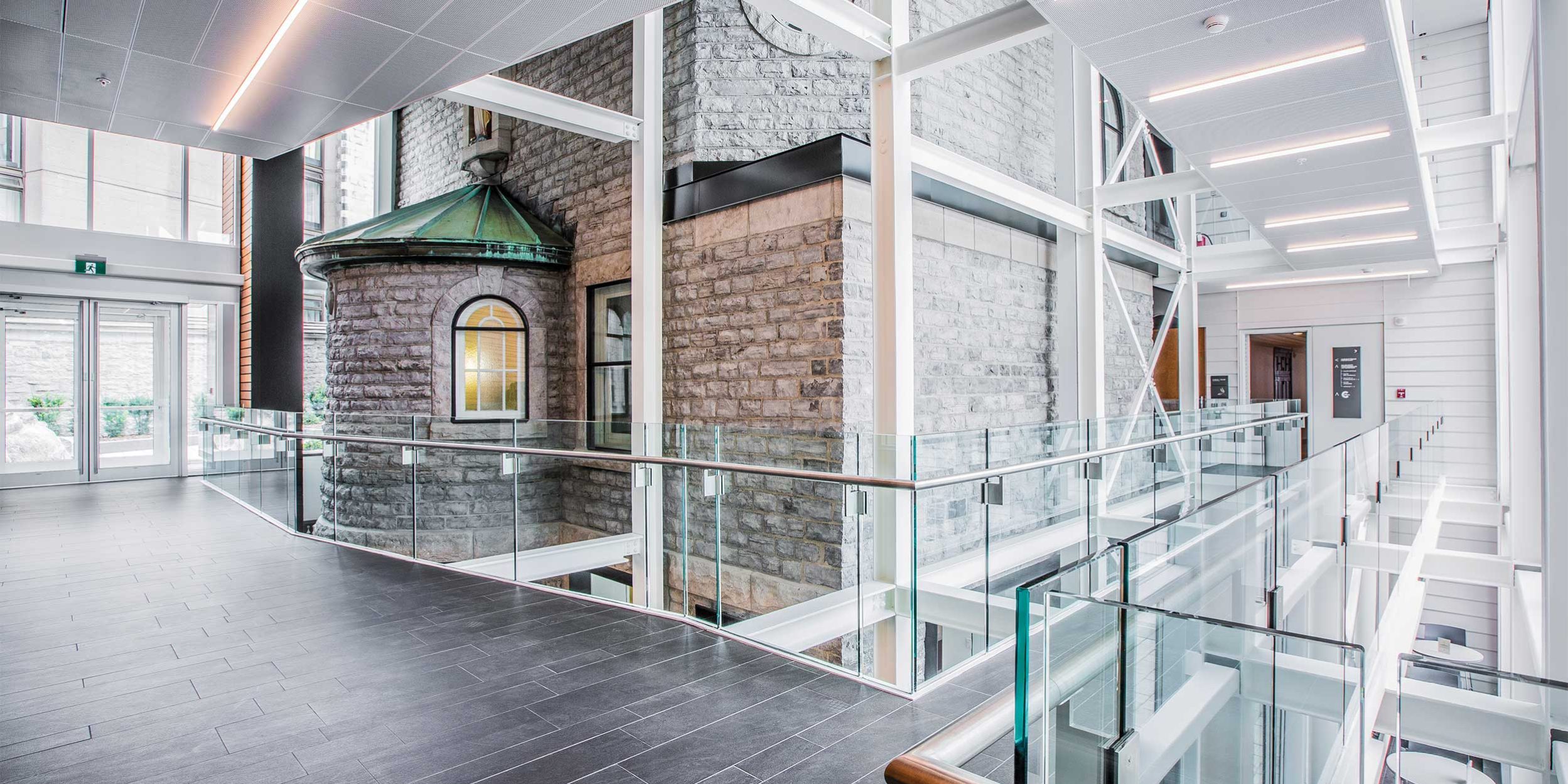The relationship that Québécois society has with religion could not be more particular. The churches that stand proudly in our landscape bear witness to the spiritual fervour that once animated our communities. However, with the Quiet Revolution, Quebec underwent a major social transformation, and the old religious practices lost their hold on society, making way for a quest for new landmarks and an emergence of secular values. Today, we face a situation where many Catholic churches are threatened with demolition, their walls full of history testifying to the profound transition of a society. In this context, the necessity of sanctuaries becomes more important than ever, both to preserve our architectural heritage and to meet the spiritual needs of our time. What are today’s sacred spaces, what practices take place there, and what motivates people in search of new forms of spirituality?
As architectural historians Luc Noppen and Lucie K. Morisset put it so well, in Quebec, “our churches are our castles.” This quotation highlights the unique value of churches in the province. While in Europe, the architectural jewels are private residences, in Quebec, it is our churches—collective and community spaces—that bear this distinction. These places of contemplation, with their carefully designed architecture, play a crucial role in elevating the body, heart, soul, and spirit. They not only represent physical structures, but also places where history, spirituality, and community converge.
By exploring the importance of sanctuaries in our contemporary society, we highlight both old sanctuaries, which must reinvent themselves, and new sanctuaries, which offer renewed spiritual experiences. As we consider the future of our churches in Quebec, it becomes essential to find ways to transform these ancient sanctuaries into spaces that meet our current needs. Whether by creatively reusing existing structures or creating new buildings, it’s important to explore innovative possibilities for contemporary forms of spirituality.
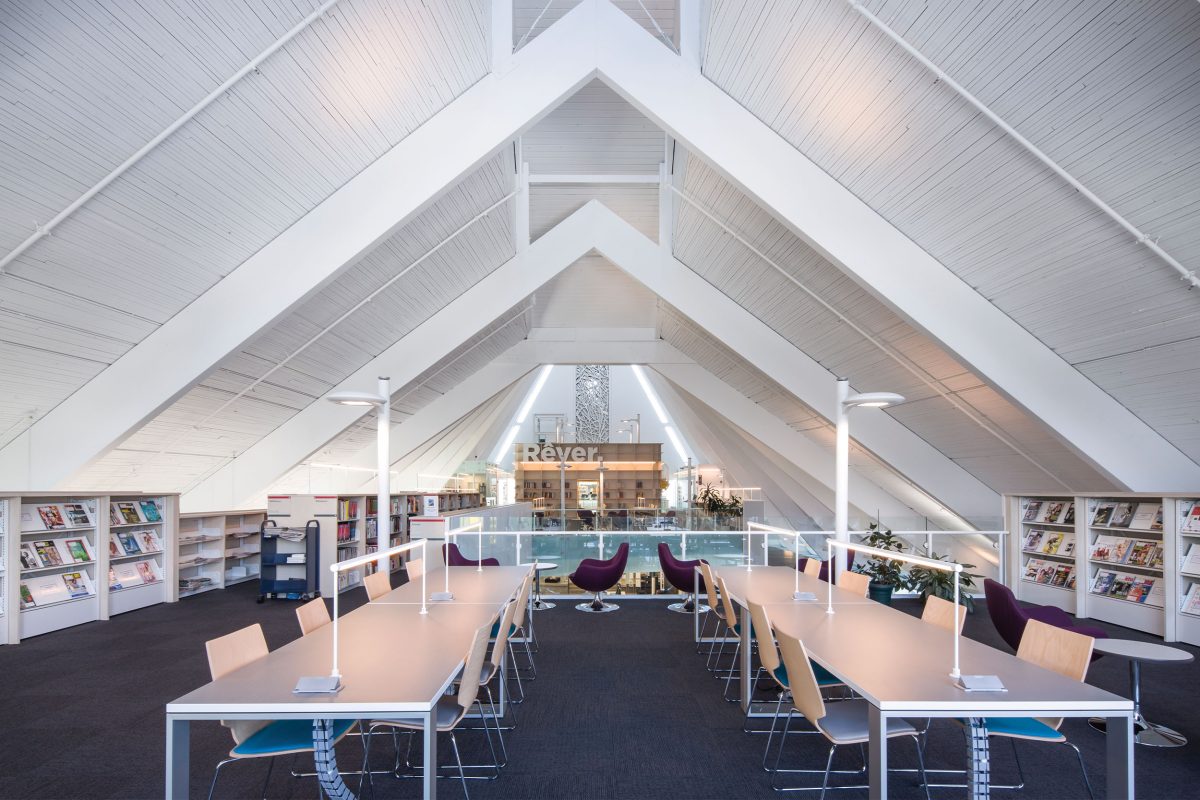
SPACESTo BE RECONSIDERED, VOCATIONS PRESERVE
In Quebec, our religious architectural heritage offers a building stock conducive to the reinvention of spirituality beyond traditional practices. These days, churches are finding new vocations that allow them to continue to play a crucial role in the life of the community. Their architecture, marked by symbolism and majesty, helps elevate our senses and connect us to deeper spiritual dimensions. Detached from religion, churches still offer spaces conducive to communion, meditation, reflection, and care, while being part of the line of service to the community.
A concrete example is the Théâtre Paradoxe in southwest Montreal. Managed by a cultural organization that also focuses on social reintegration, this sacred space has been reinvented to host events. With its large hall featuring impeccable acoustics, the theatre offers a group communion, where individuals can come together, share emotions, and experience a form of collective transcendence through music. This creative reuse of religious architecture maintains a community vocation and allows the soul to be nourished through art that has become spirituality.
Libraries are often said to be sanctuaries of knowledge and literature. This is especially true when they are set up in former churches. The Bibliothèque Monique-Corriveau in Quebec City and the Grey Nuns’ Chapel recovered by Concordia University in Montreal are significant examples of this. The places have been transformed into areas of serenity, offering visitors an environment conducive to intellectual work, reflection, and contemplation. The elegant lines and soothing spaces of the original architecture have been retained, creating spaces that nourish our being while preserving the silence and inherent tranquility of the place. Visitors can therefore find the peace and quiet necessary for their meditation.
Finally, Le Monastère des Augustines offers an inspiring example of the reuse of a convent as a place of care and well- being. Transformed into an accommodation establishment, it offers visitors a holistic experience of rejuvenation and introspection. The redesigned spaces, in harmony with the original architecture, offer environments conducive to relaxation and inner connection.
Communion through art, the serenity of silence, or healing retreats… These examples of reconversions testify to the richness and diversity of the possibilities offered by religious architecture in Quebec. They illustrate how places dedicated to spirituality can evolve to meet contemporary needs while preserving their sacred essence and offering renewed experiences to individuals in search of meaning.
NEW FOrMS OF SPIRITUALIty
In addition to the transformation of former churches, we are also observing the creation of new types of sanctuaries that meet emerging spiritual needs. These reveal the importance of architecture and sacred places beyond religious dogmas. The UNESCO meditation space in Paris, designed by renowned architect Tadao Ando, is an evocative example of this trend. Its minimalist design creates a soothing atmosphere conducive to the elevation of the spirit and the search for inner peace. The sleek lines, subtle plays of light, and carefully selected materials encourage contemplation and invite individuals, regardless of their beliefs, to connect with their deep essence. This inclusive sacred space emphasizes the essential role that architecture plays in our quest for spirituality, transcending cultural and religious boundaries. It helps highlight the universal importance of sanctuaries, which can now take a multitude of forms.
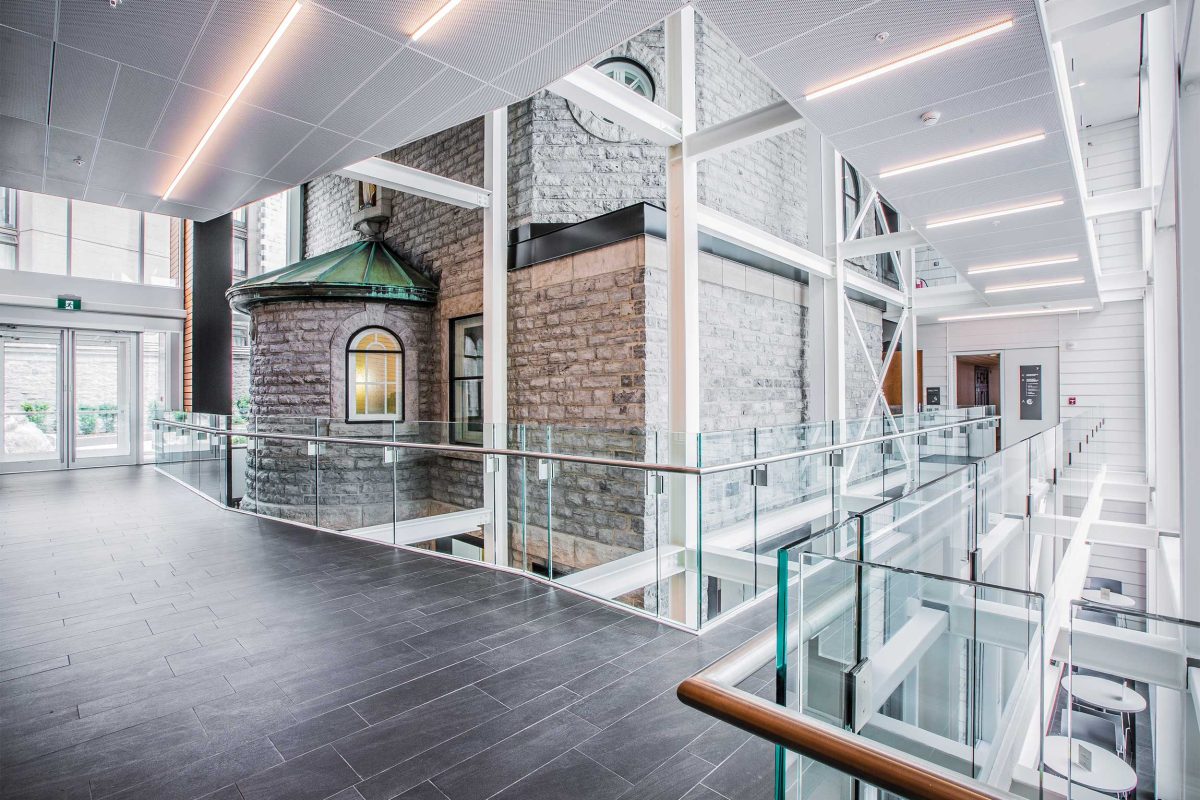
RECLAIMING SANCTUARIEs
Faced with the gradual disappearance of old religious practices and the need to renew our ways of practicing spirituality, it is crucial to recognize the importance of sanctuaries in our modern society. Despite our detachment from religion, spiritual spaces continue to play an essential role by providing places of introspection and connection to something greater than ourselves.
Sometimes, these places take surprising forms. While some prefer those imbued with majesty, such as our ancient churches, others also find this spiritual connection and comfort in nature. Spirituality can also live through the traditions and rituals that we practice with our loved ones, and the sanctuary then becomes the place where we simply take the time to truly be together
In short, the preservation and creation of sanctuaries, whether old or new, religious or not, is not limited to an architectural matter, but extends to the valorization of their vocation and use. These are spaces that nourish us, connect us to a deeper dimension of our being, and strengthen the bonds that unite us as a community. By taking care of these sanctuaries and ensuring their evolution in harmony with our time, we preserve our cultural heritage while creating places where everyone can continue to develop spirituality and well-being.
